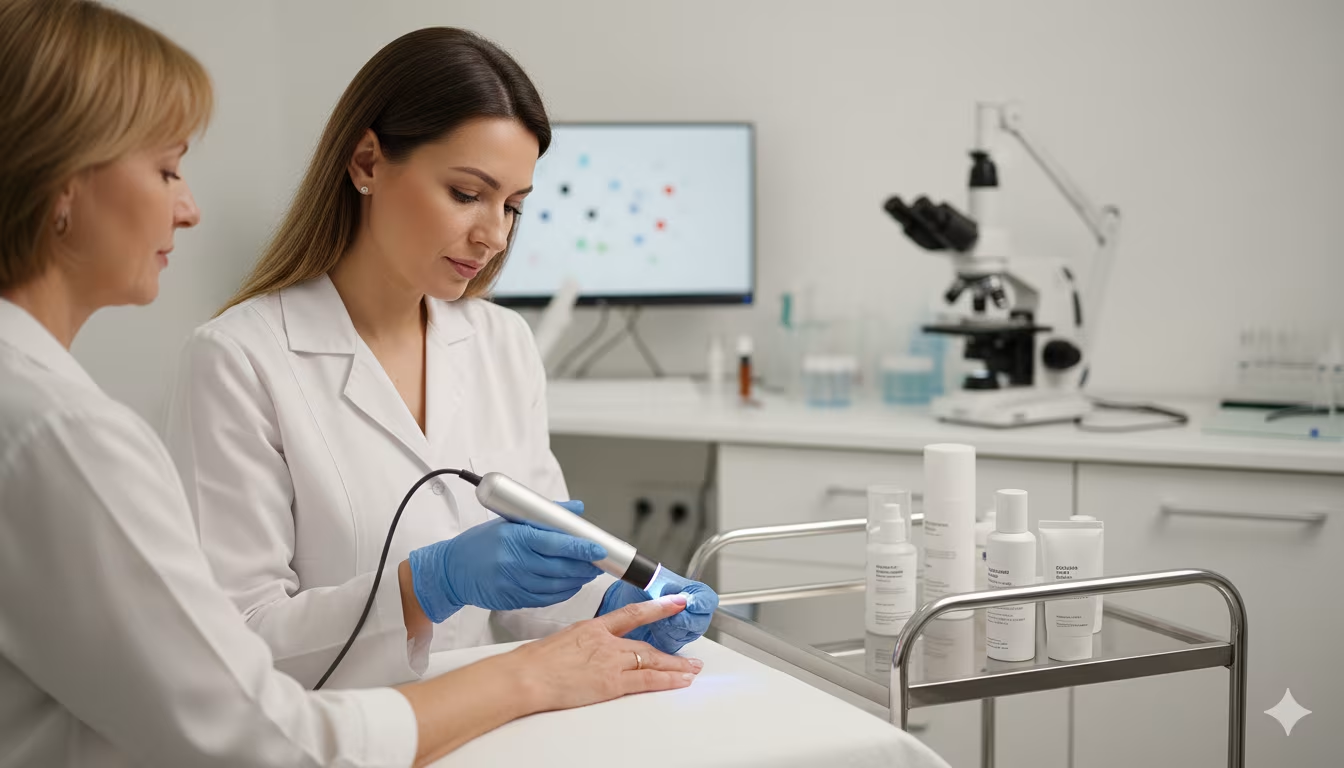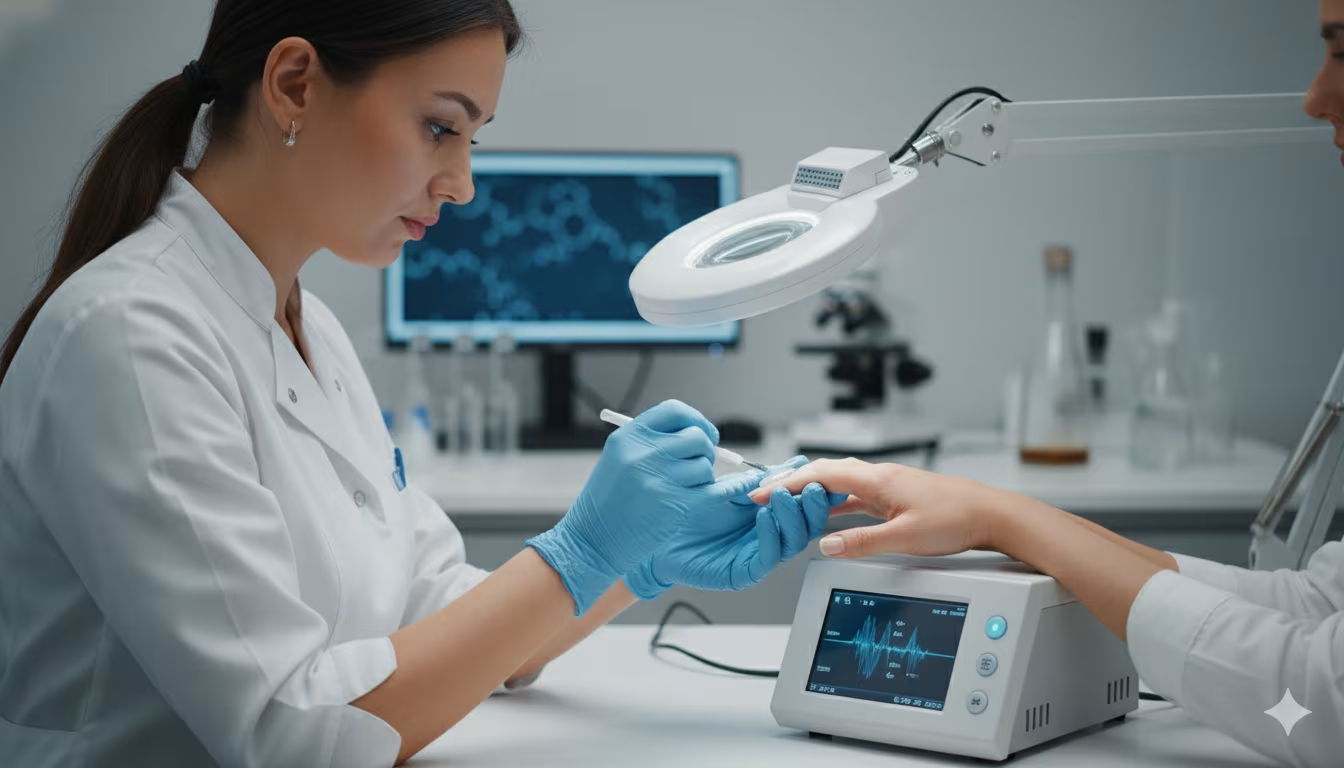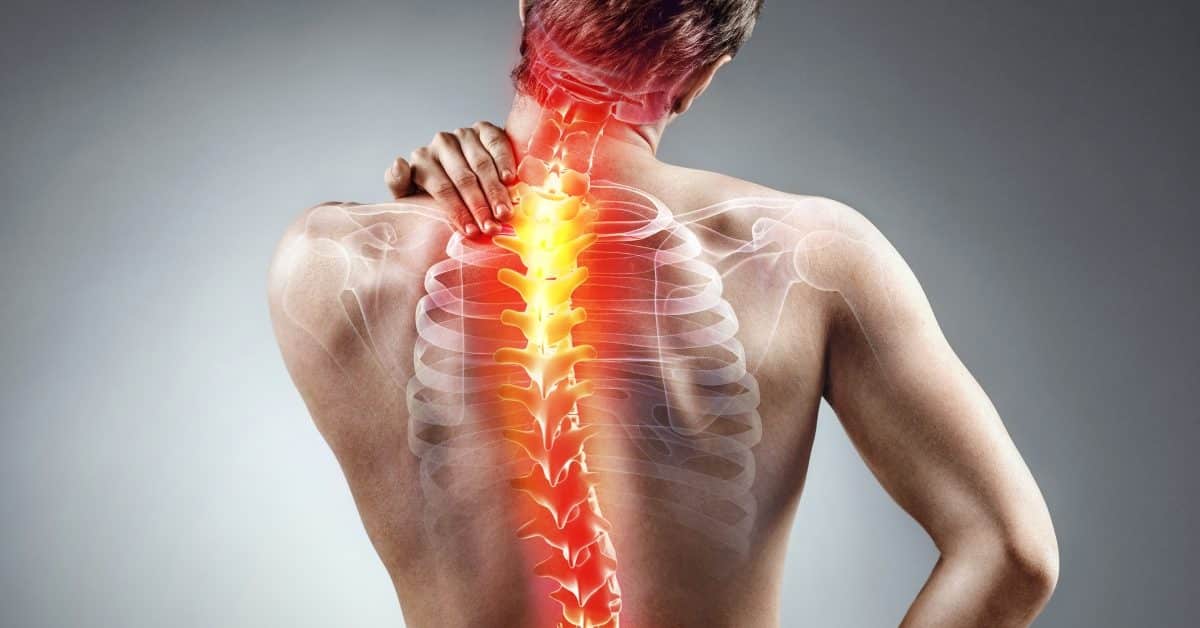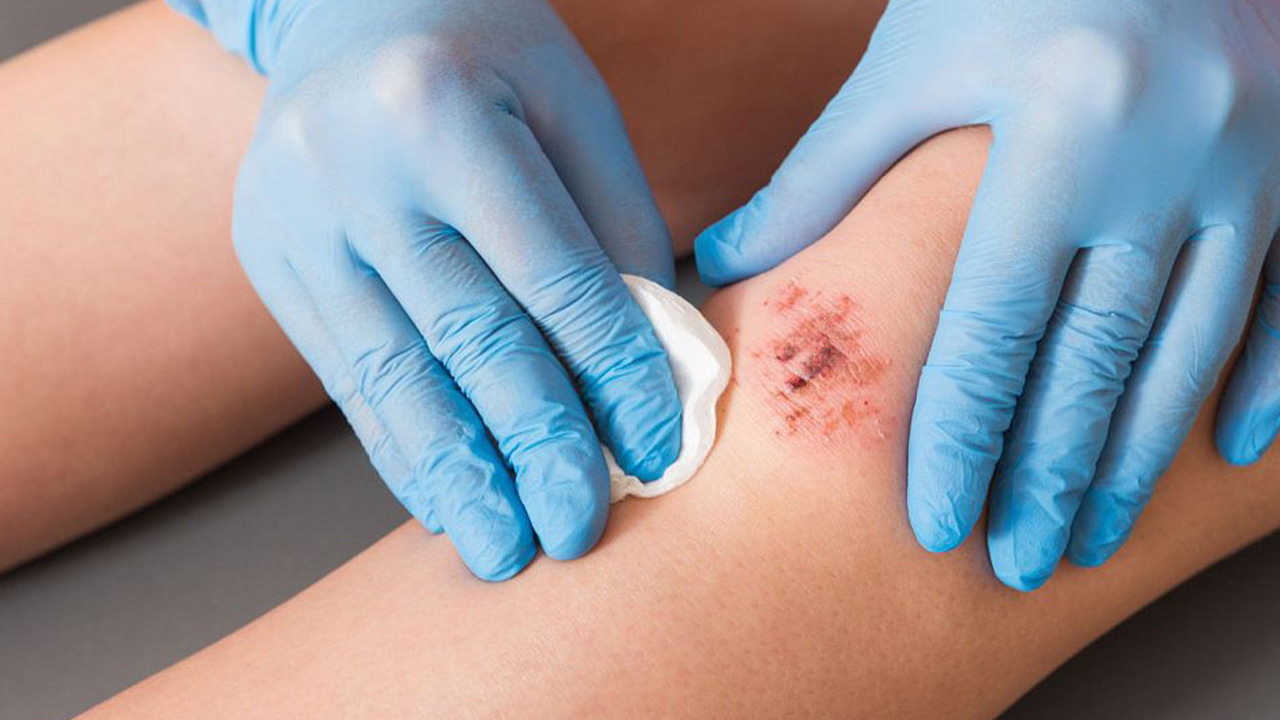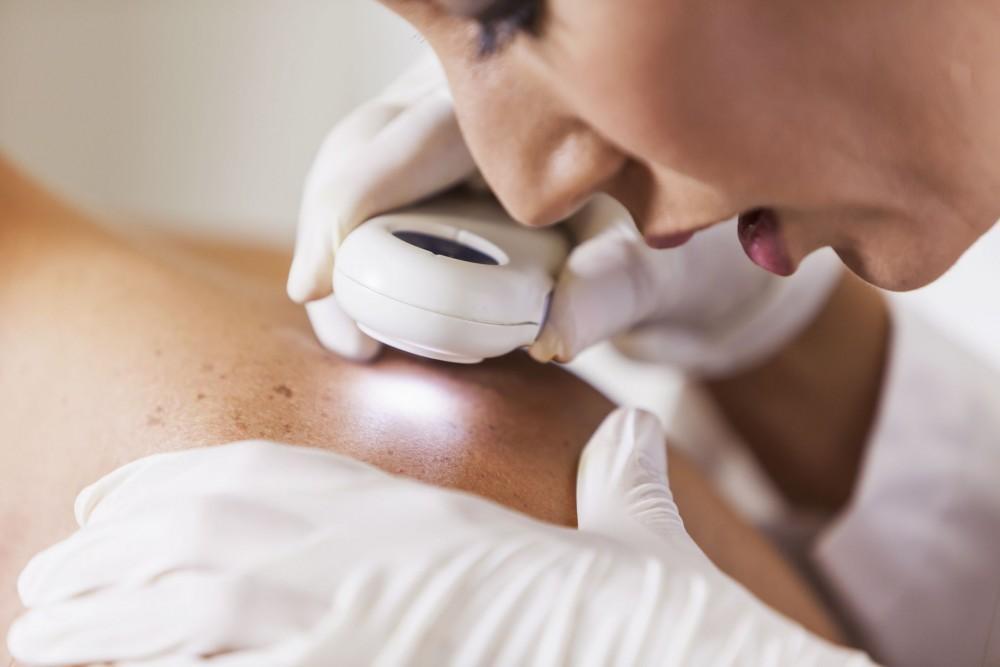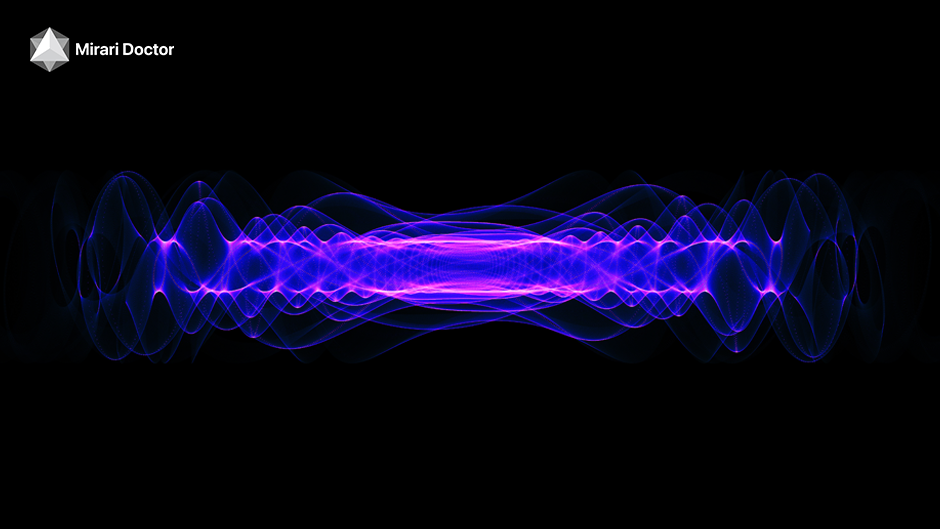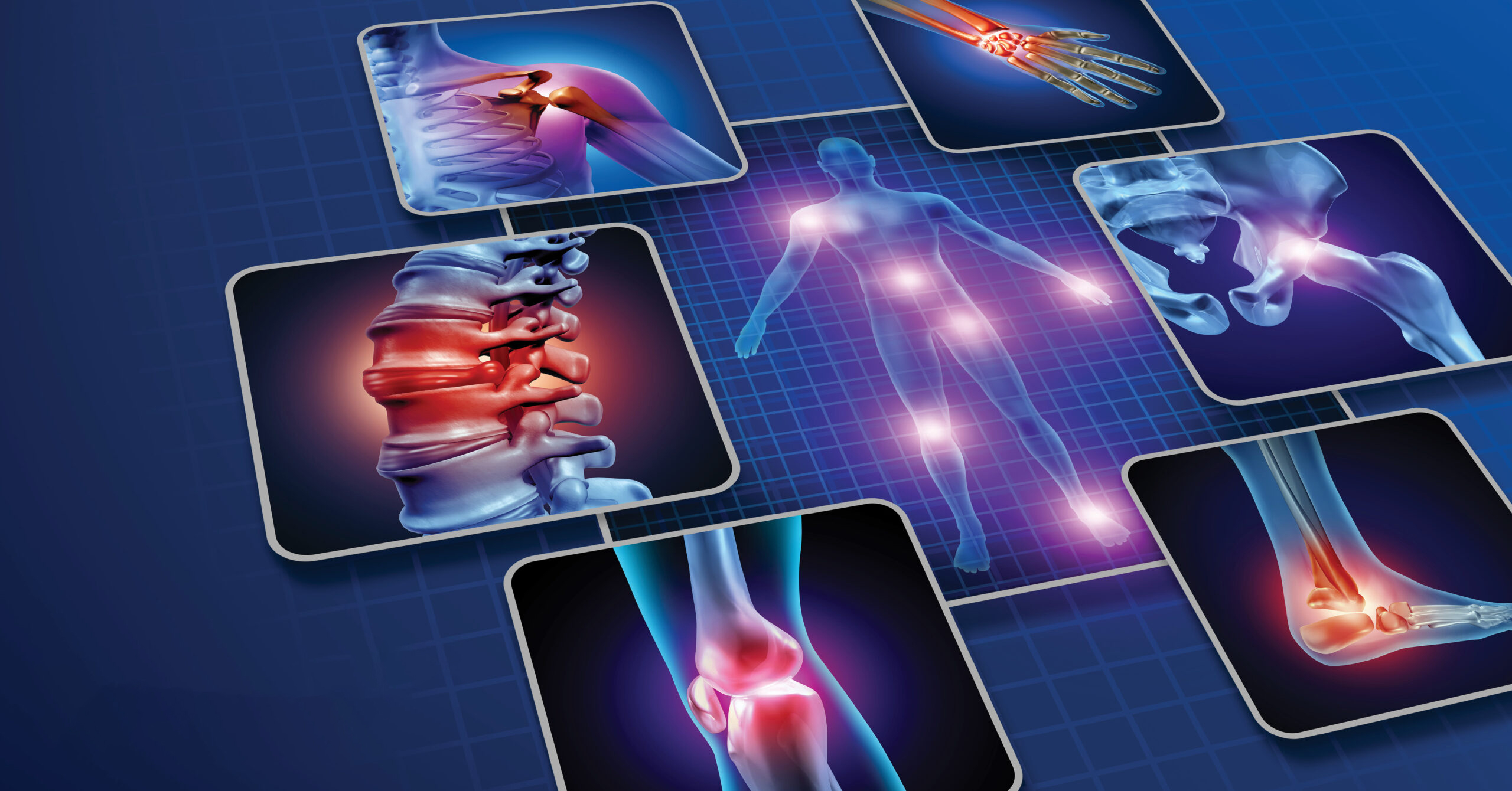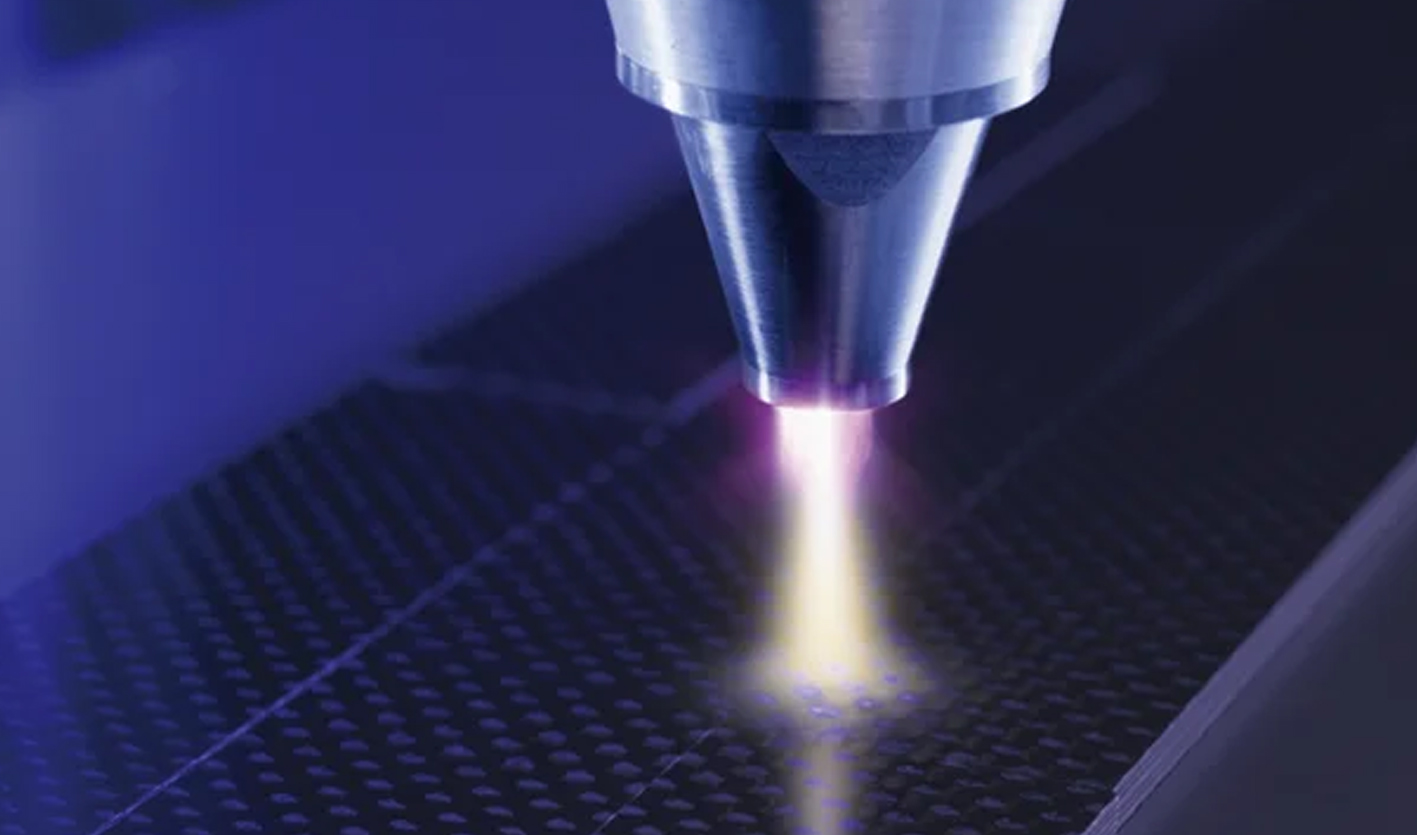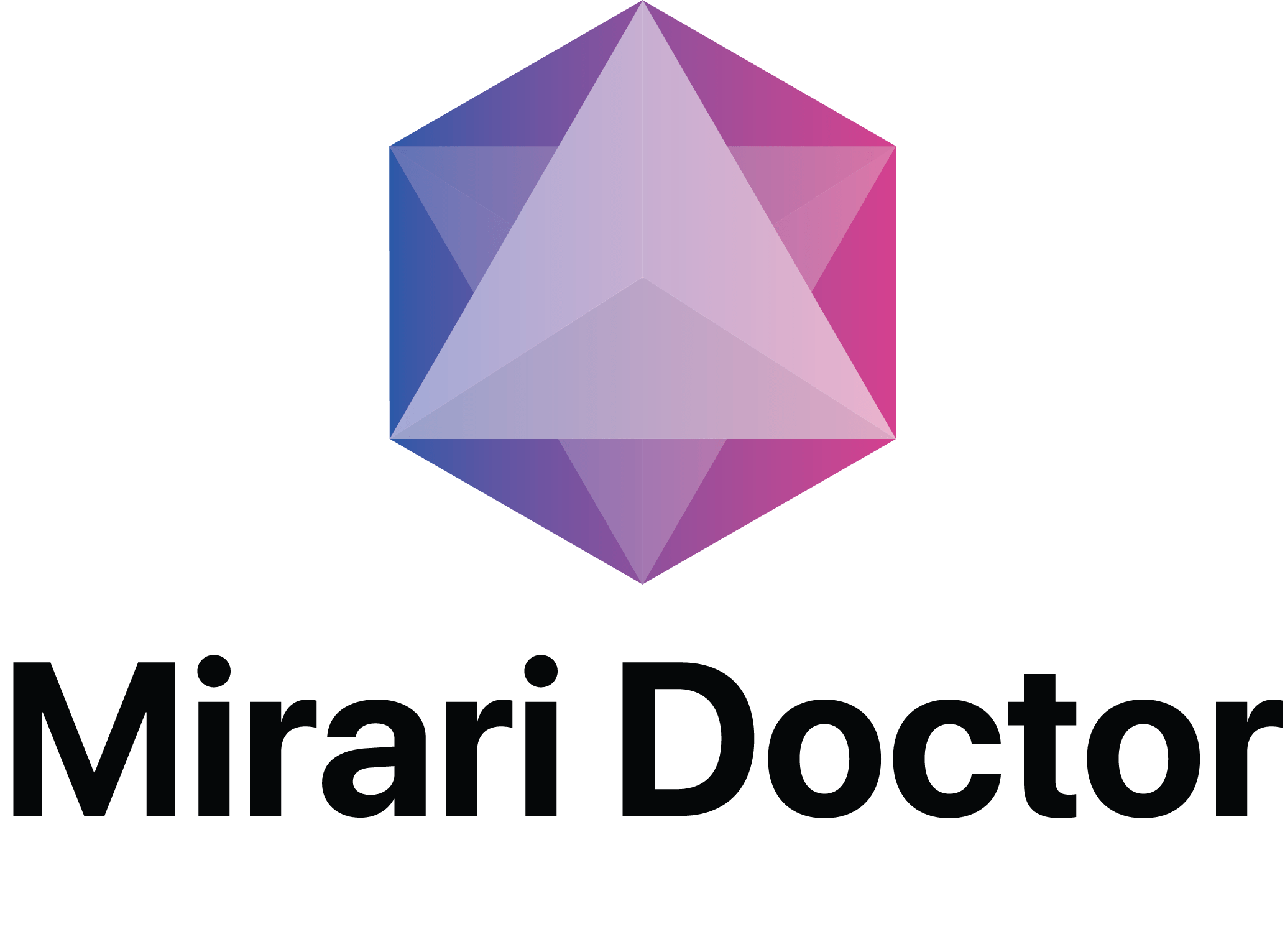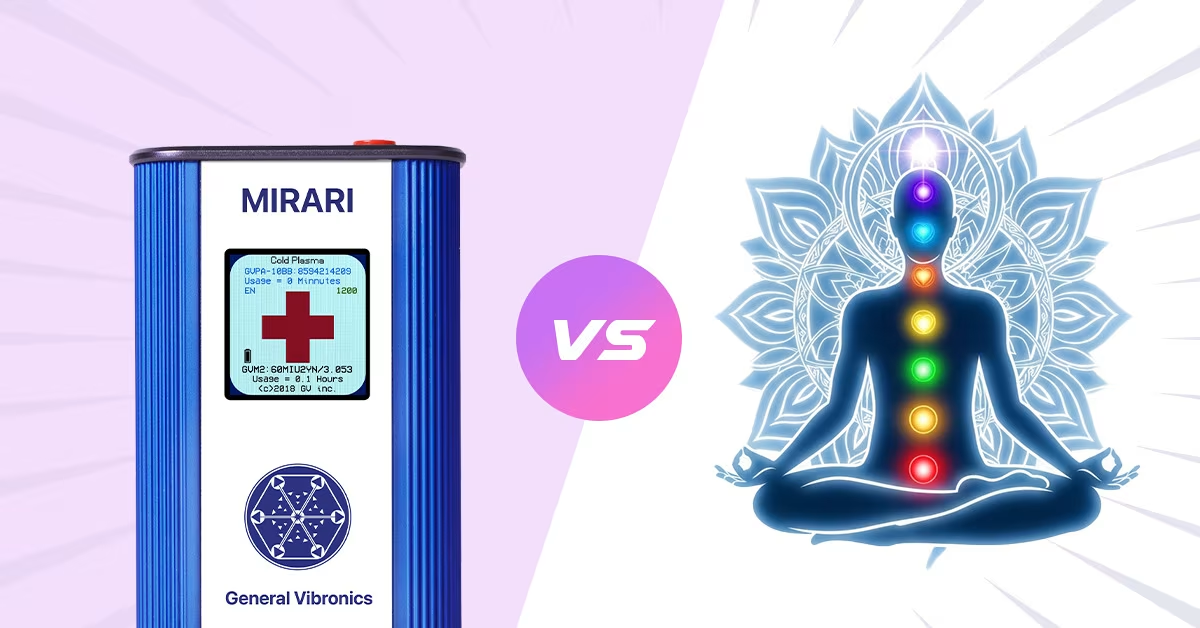
When comparing Mirari Cold Plasma and Chi (Qi), we’re examining two vastly different approaches to health and healing that represent the intersection of modern medical technology and ancient energy philosophy[1]. The Mirari Cold Plasma System, developed by General Vibronics and commercialized by Mirari Doctor (miraridoctor.com), utilizes scientifically-validated cold atmospheric plasma technology[2], while Chi represents the traditional Chinese concept of vital life force energy that flows through all living beings[11][16].
Understanding Mirari Cold Plasma Technology
Mirari Cold Plasma represents a revolutionary medical breakthrough that harnesses the power of ionized gas to deliver therapeutic benefits. This FDA-cleared device, approved in November 2024, operates through dielectric barrier discharge to generate nitric oxide-based cold atmospheric plasma[2][4].
The science behind Mirari Cold Plasma involves creating a controlled environment where electrons are energized to generate reactive species without producing heat. Unlike traditional plasma systems that generate broad-spectrum reactive oxygen species, the Mirari system specifically targets nitric oxide production, which serves as a natural signaling molecule in human physiology[7].
Technical Specifications of Mirari Cold Plasma
| Specification | Mirari Cold Plasma | Clinical Significance |
|---|---|---|
| Operating Temperature | Room temperature (20-25°C) | Eliminates thermal damage risk |
| RF Frequency | 80 kHz monopolar | Optimized tissue penetration |
| Power Output | 2-4W adjustable | Customizable patient tolerance |
| Treatment Duration | 10-30 seconds per cm² | Prevents overexposure |
| Safety Features | Automatic temperature monitoring | Prevents thermal damage |
| Device Weight | 1 lb (portable) | Enhanced clinical accessibility |
Exploring Chi (Qi): The Ancient Life Force
Chi, also written as Qi, represents the fundamental concept in Chinese philosophy and Traditional Chinese Medicine (TCM) of vital life force energy that permeates all existence[11][16]. This ancient wisdom views Chi as the essential energy that links surroundings together and forms a cohesive functioning unit when flowing properly through the body[6].
In traditional Chinese understanding, Chi flows through specific pathways called meridians throughout the human body. The Huangdi Neijing (“The Yellow Emperor’s Classic of Medicine,” circa 2nd century BCE) first established these meridian pathways, which form the foundation of acupuncture and other TCM practices[16].

Types and Applications of Chi Energy
Chi energy manifests in various forms depending on its source, role, and location within the body. Traditional Chinese Medicine recognizes primordial Chi (inherited at birth) versus acquired Chi (obtained through lifestyle factors like nutrition and breathing)[16][11].
The four main types of Qigong healing practices include Qigong exercise, meditation, massage, and energy healing. These practices combine movement, breathing, and visualization to cultivate and balance life energy for health and wellbeing[9].
Clinical Benefits Comparison: Mirari vs Chi Practices
| Application Area | Mirari Cold Plasma | Chi (Qi) Practices | Evidence Level |
|---|---|---|---|
| Pain Management | 70-80% improvement in 10-15 minutes | Enhanced resilience and pain tolerance | Clinical trials vs Traditional use |
| Wound Healing | 85% closure rate with antimicrobial effects | Self-healing capabilities through energy flow | FDA-cleared vs Anecdotal |
| Circulation Enhancement | Direct nitric oxide vasodilation | Meridian-based energy circulation | Measurable vs Theoretical |
| Stress Reduction | Neural pathway modulation through plasma | Mental clarity and emotional balance | Biomarker changes vs Subjective |
| Treatment Duration | 15 minutes maximum per session | Daily practice for long-term benefits | Immediate vs Cumulative |
Scientific Mechanisms: Plasma Technology vs Energy Flow
The fundamental difference between Mirari Cold Plasma and Chi lies in their underlying mechanisms. Mirari Cold Plasma operates through measurable physical processes involving ionized particles, electromagnetic fields, and biochemical reactions[4][7].
How Mirari Cold Plasma Works
The Mirari system generates therapeutic effects through multiple scientific pathways. Nitric oxide production promotes vasodilation, improving blood circulation and oxygen delivery to treated tissues[7]. The device’s antimicrobial properties effectively eliminate bacteria, viruses, and fungi, including antibiotic-resistant strains[2].
Cold plasma therapy modulates pain pathways through direct effects on neural transmission, providing sustained relief with fewer treatment sessions compared to traditional approaches[7]. The controlled reactive species generation promotes tissue healing while minimizing oxidative stress.
How Chi Energy Functions
Chi energy operates through traditional Chinese medical theory involving yin-yang balance and Five Elements Theory[14][16]. Practitioners believe that illness emerges when Chi becomes diminished, unbalanced, or stagnant, and health returns by rebuilding Chi flow and eliminating blockages[9].
The meridian system serves as energy highways, with twelve main pathways corresponding to major organs. Chi cultivation practices like Qigong and Tai Chi aim to optimize energy flow through coordinated movement, breathing, and meditation[14][19].
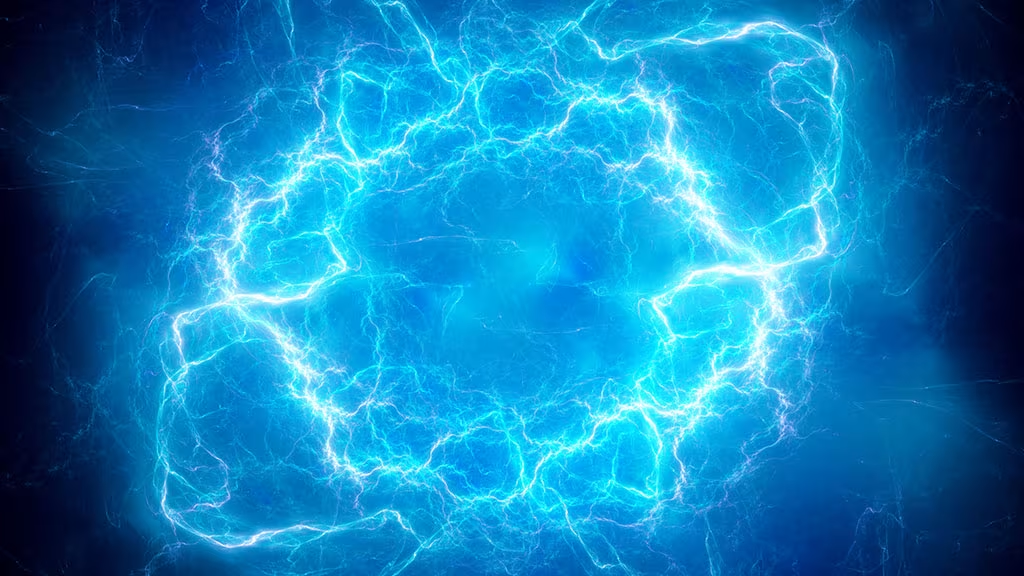
Safety Profiles and Clinical Evidence
Safety considerations reveal significant differences between Mirari Cold Plasma and Chi practices. The Mirari device incorporates comprehensive safety features including magnetic interlocks, overcurrent shutdown, and adaptive control mechanisms[7][4].
Mirari Cold Plasma Safety Features
Clinical studies demonstrate that Mirari Cold Plasma treatments have minimal reported side effects, with temporary mild redness or slight skin sensitivity being the most common reactions[8]. The device’s automatic temperature monitoring and precision controls prevent thermal damage while delivering consistent therapeutic outcomes.
FDA clearance provides regulatory validation for the Mirari system’s safety and efficacy[2][5]. The device has also received approvals in Thailand and Vietnam, demonstrating international recognition of its clinical value.
Chi Practice Safety Profile
Traditional Chi cultivation carries minimal physical risks when practiced correctly, though practitioners emphasize proper training and gradual progression[6][9]. The non-invasive nature of Chi practices makes them accessible to diverse populations, though individual responses vary significantly.
Benefits of cultivating Chi include increased longevity, stronger body, clearer mind, greater resilience, and enhanced self-healing capabilities[6]. However, these benefits typically require consistent long-term practice rather than immediate results.
Practical Applications and Accessibility
When comparing practical applications, Mirari Cold Plasma offers immediate, measurable results in clinical settings, while Chi practices provide holistic wellness approaches requiring dedicated personal commitment[4][6].
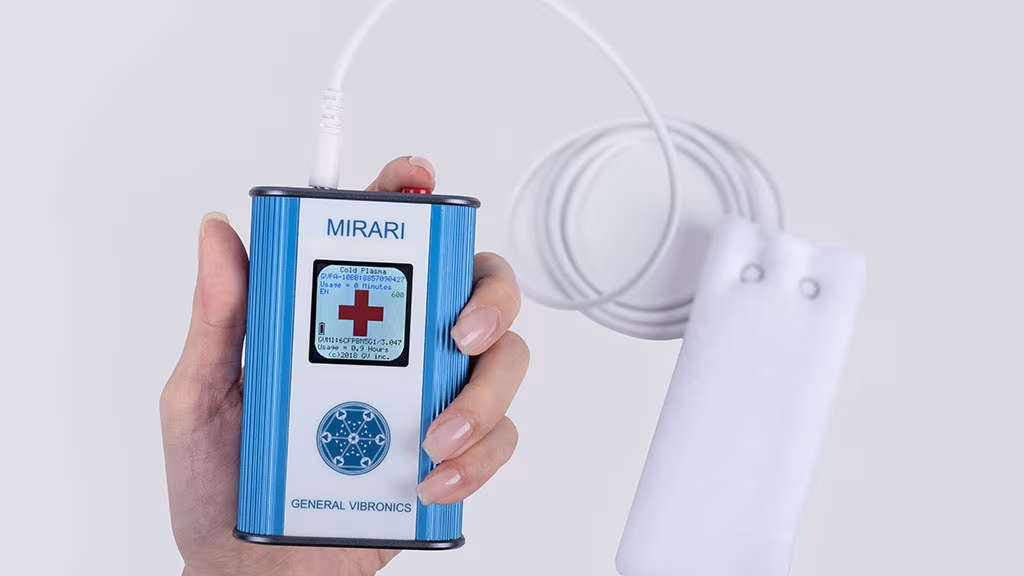
Mirari Cold Plasma Clinical Use
Healthcare professionals can integrate Mirari Cold Plasma into diverse treatment protocols for pain management, wound healing, and dermatological conditions[7][8]. The device’s portability enables treatment in various environments, from clinical settings to field applications.
Treatment protocols typically involve 15-minute sessions with immediate observable effects. The standardized delivery ensures consistent therapeutic outcomes regardless of practitioner variability.
Chi Practice Integration
Chi cultivation requires personal dedication and often benefits from qualified instruction[9][14]. Qigong therapists extensively study Traditional Chinese Medicine to efficiently address health concerns through energy-based approaches.
Integration into daily life allows for continuous wellness maintenance, though results accumulate gradually over time. Cost-effectiveness favors Chi practices for long-term health maintenance.
Evidence-Based Outcomes vs Traditional Validation
Scientific validation represents a crucial distinction between Mirari Cold Plasma and Chi approaches. Clinical trials demonstrate that Mirari Cold Plasma achieves 92% wound closure rates compared to 32% in control groups[4].

Mirari Clinical Research
Peer-reviewed studies document significant pain reduction in fibromyalgia patients and accelerated healing in chronic wound applications[7]. Antimicrobial efficacy shows strong bactericidal effects against diverse bacterial strains without resistance development.
Biomarker measurements confirm nitric oxide elevation, improved circulation, and reduced inflammatory markers following treatment[4][7].
Chi Traditional Evidence
Thousands of years of traditional use provide empirical validation for Chi-based approaches[11][16]. Cultural acceptance across East Asian populations demonstrates sustained therapeutic value, though scientific mechanisms remain largely theoretical.
Modern research increasingly investigates Chi practices, with some studies showing measurable physiological changes during Qigong and meditation[19].
Cost-Effectiveness and Long-term Value
Economic considerations favor different approaches depending on treatment goals and time horizons. Mirari Cold Plasma requires initial device investment but provides rapid results with minimal ongoing costs.
Chi practices involve minimal financial investment but require significant time commitment for optimal benefits. Long-term wellness maintenance may favor Chi approaches for sustained health promotion.
Frequently Asked Questions
Can Mirari Cold Plasma and Chi practices be used together?
Yes, these approaches can complement each other effectively[4][6]. Mirari Cold Plasma provides immediate therapeutic intervention for acute conditions, while Chi practices support long-term wellness and energy balance. Many practitioners integrate modern medical devices with traditional energy cultivation for comprehensive health approaches.
How quickly do results appear with each approach?
Mirari Cold Plasma delivers immediate results within 15-minute treatment sessions[7]. Measurable improvements in pain, circulation, and healing often occur during the first treatment. Chi practices require consistent dedication over weeks to months for noticeable benefits[6][9], though some practitioners report immediate stress relief and mental clarity.
Which approach is better for chronic pain management?
Both approaches offer value for chronic pain, but through different mechanisms[7][6]. Mirari Cold Plasma provides 70-80% pain improvement through direct neural modulation and tissue healing. Chi cultivation enhances pain resilience and overall wellbeing through energy balance and stress reduction. Combining both approaches may provide optimal chronic pain management.
Are there any contraindications for using Mirari Cold Plasma?
Mirari Cold Plasma has few contraindications due to its excellent safety profile[8]. Patients with active skin infections may require preliminary treatment, and those with certain medical devices need careful evaluation. Pregnant patients and immunocompromised individuals require specialized protocols. Healthcare provider consultation ensures safe treatment planning.
How do the costs compare between Mirari Cold Plasma and Chi practices?
Initial investment differs significantly between approaches[4][9]. Mirari Cold Plasma requires device purchase but provides immediate results with minimal ongoing costs. Chi practices involve minimal financial investment but require significant time commitment. Long-term cost-effectiveness depends on treatment goals, frequency of use, and desired outcomes.
References
- Mirari Thailand. (2025). Cold Atmospheric Plasma. https://mirari.co.th/en/
- Mirari Doctor. (2025). Handheld Cold Plasma Technology. https://miraridoctor.com/product/
- Mirari Vietnam. (2022). Công Nghệ Plasma Lạnh Hoa Kỳ. https://mirari.vn/
- Mirari Doctor. (2025). Cold Plasma: Revolutionary Medical Technology. https://miraridoctor.com/cold-plasma/
- FDA. (2024). MIRARI® Cold Plasma System. https://www.accessdata.fda.gov/cdrh_docs/pdf24/K242553.pdf
- Jeffrey, S. (2025). What is Chi Energy? 6 Ways to Cultivate Life Force Energy. https://scottjeffrey.com/what-is-chi-energy/
- Mirari Doctor. (2025). Mirari Cold Plasma vs Other Plasma Technologies. https://miraridoctor.com/mirari-cold-plasma-vs-other-plasma-technologies/
- Mirari Doctor. (2025). Cold Plasma for Face: Revolutionary Non-Invasive Skin Treatment. https://miraridoctor.com/cold-plasma-for-face/
- YMAA. (2019). Qigong Healing Practices. https://ymaa.com/articles/qigong-for-healing
- Thanh Nien. (2023). Mirari Việt Nam đồng hành cùng Hội thảo. https://thanhnien.vn/
- Healing Holidays. (2023). What Is Qi? The Elusive Life Force Explained. https://www.healingholidays.com/blog/what-is-qi
- Bác Sĩ Gia Đình. (2025). Mirari Plasma Lạnh: Làm Lành Vết Thương Thần Tốc. https://bacsigiadinh.com/
- Mirari Doctor Blog. (2025). Mirari Cold Plasma for Fear Blood/Lymph Disease. https://miraridoctor.weebly.com/
- Wikipedia. (2002). Qigong. https://en.wikipedia.org/wiki/Qigong
- YouTube. (2025). Hướng dẫn sử dụng thiết bị Mirari Cold Plasma. https://www.youtube.com/watch?v=bHDaHg4Gvw8
- Wikipedia. (2001). Qi. https://en.wikipedia.org/wiki/Qi
- Doanh Nhân Sài Gòn. (2023). Bí quyết trẻ hóa da bằng phương pháp Mirari Cold Plasma. https://doanhnhansaigon.vn/
- LinkedIn. (2024). Mirari Doctor’s Post. https://www.linkedin.com/posts/miraridoctor/
- NCCIH. (2021). Qigong: What You Need To Know. https://www.nccih.nih.gov/health/qigong-what-you-need-to-know
- Sức Khỏe Đời Sống. (2024). Công nghệ Medical Plasma điều trị cho vết thương khó lành. https://suckhoedoisong.vn/
Related articles
Made in USA


